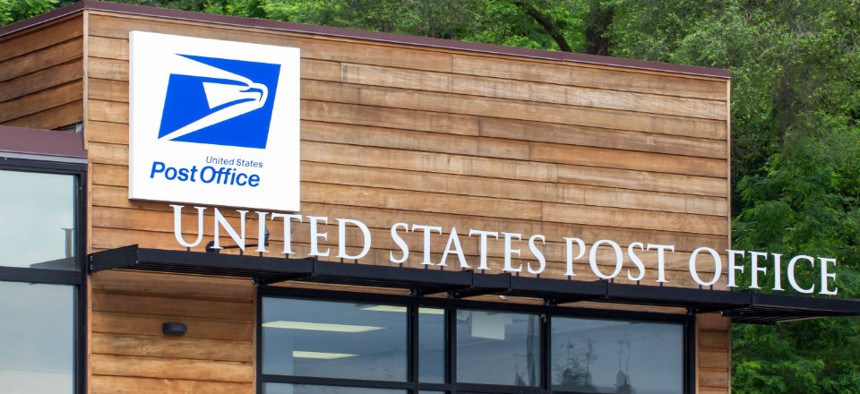
Ken Wolter / Shutterstock.com
Infrastructure or Business: What Takes Priority at the Postal Service?
Cast your vote on the future of USPS.
Is the U.S. Postal Service a business or a public service organization? Well, it’s actually both, and those overlapping–and sometimes conflicting–obligations have created major challenges for the agency over the years.
Historically, the Post Office was deliberately used by the government to expand transportation services such as roads and passenger air service. In the modern era, the 1968 president’s commission on postal issues, known as the Kappel Commission, declared the Post Office to be a business; however, the Postal Service continues to provide infrastructure services that not all businesses would provide, such as maintaining needed rural post offices that operate at a loss.
It was easier to manage the ongoing tension between the Postal Service’s dual mandates when postal revenues were strong enough to sustain the infrastructure and also cover all of the agency’s operating costs. But today, the Digital Age is cutting into the volume of the product that contributes more than half of the funds to support the network: First-Class Mail. And this strain has led to more tension between the Postal Service as a public service provider and as a business. Meanwhile, new technologies and global commerce are changing the nation’s infrastructure needs. The Postal Service would benefit from more clarity about what it should offer in this evolving environment.
Our new white paper, "The Postal Service’s Role as Infrastructure," gives three broad options the Postal Service and its stakeholders could consider when deciding how to adapt the Postal Service’s role for the future. These options are not mutually exclusive. But they should be evaluated together so all potential uses are recognized and accounted for as part of major changes to the size and scope of the Postal Service’s infrastructure.
- Option 1: Adjust the postal network to the changing demand for mail and the growth in parcels. The Postal Service is making efforts to do this now.
- Option 2: Repurpose the existing infrastructure to address innovative services and new revenue streams, such as micro-warehousing.
- Option 3: Increase the value of the physical postal infrastructure by digitally enhancing it. For example, carriers could use mobile handheld devices to perform more services at the door or from the truck, such as selling stamps, accepting Cash-on-Delivery (COD) payments, recharging debit cards, or even processing passports.
What do you think? What options should stakeholders and the Postal Service consider? Is the Postal Service’s role as a national infrastructure still relevant today and how has it changed?
(Image via Ken Wolter/Shutterstock.com)






